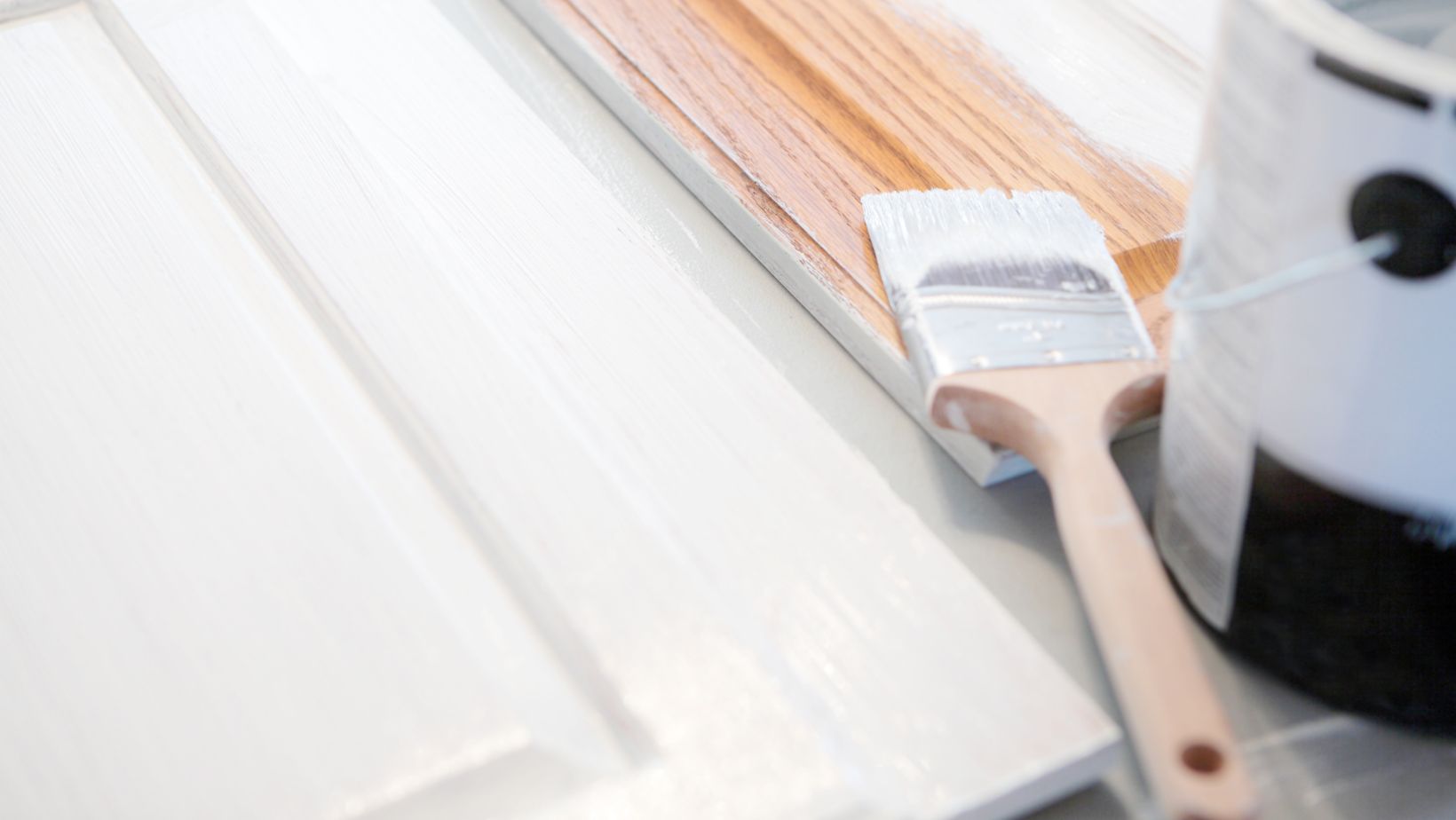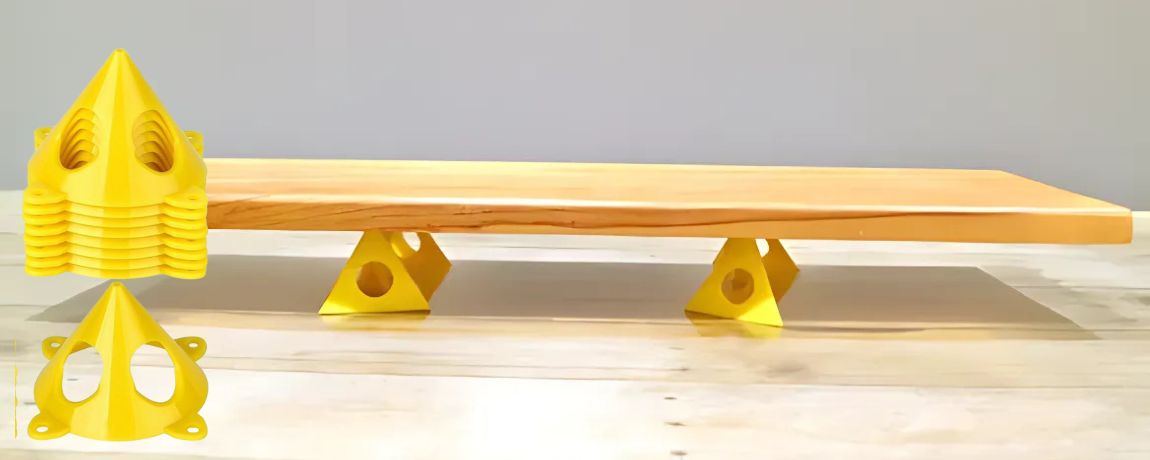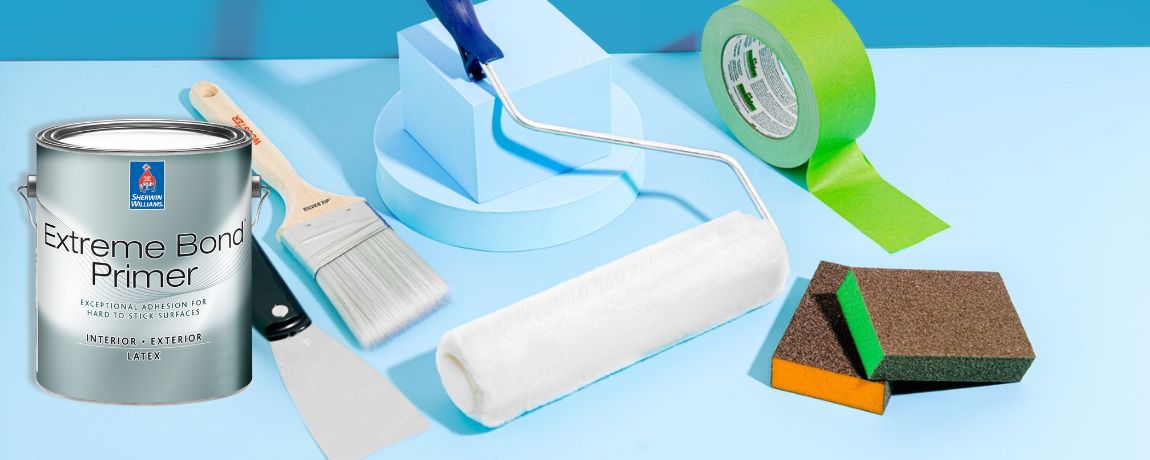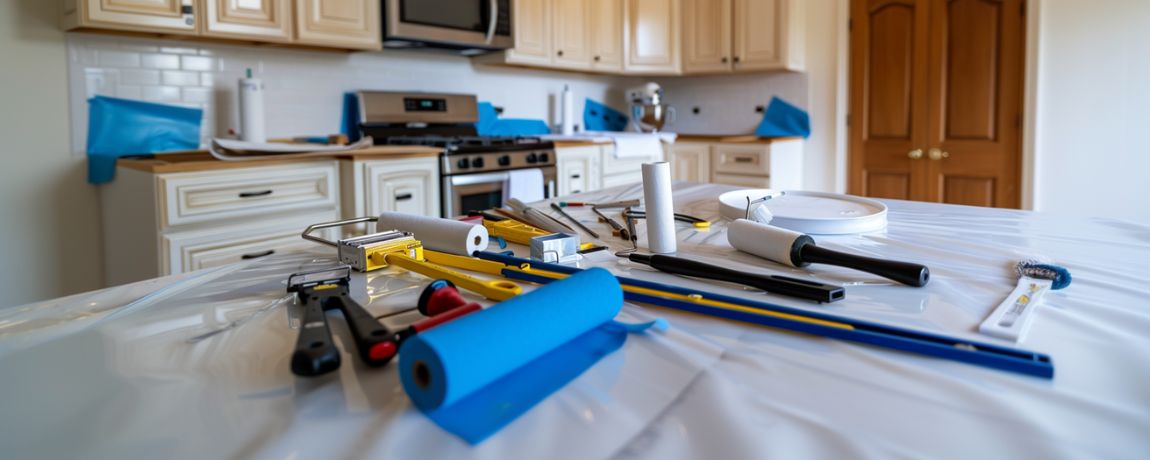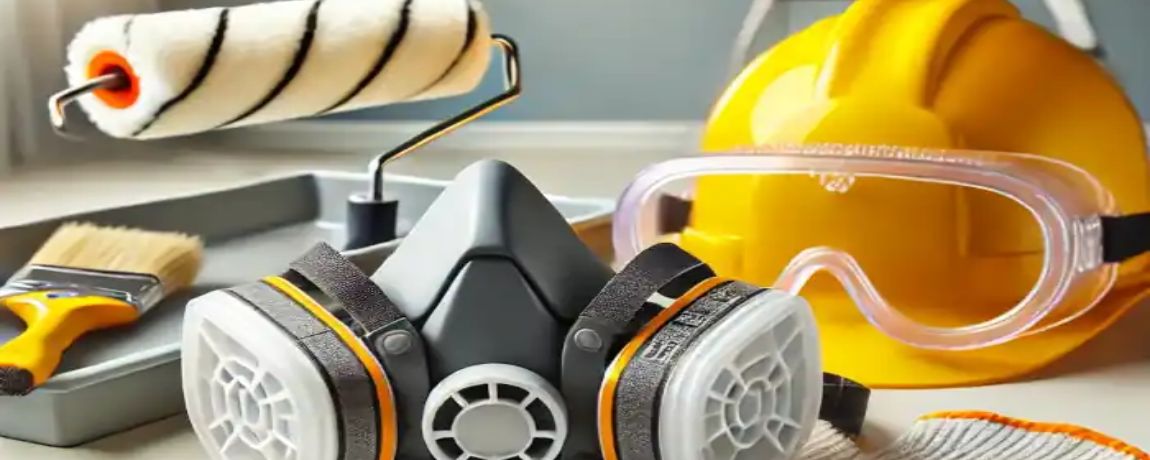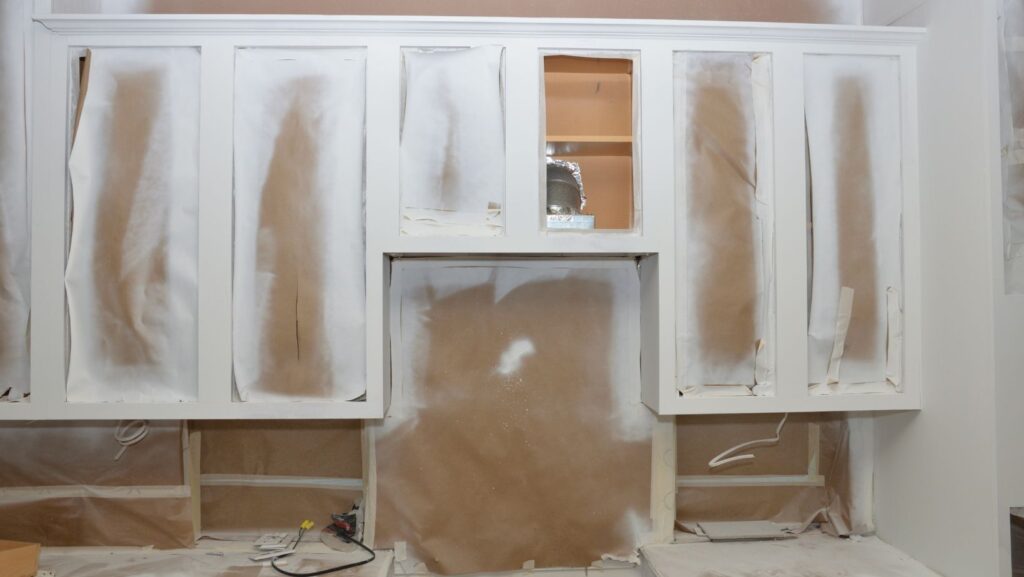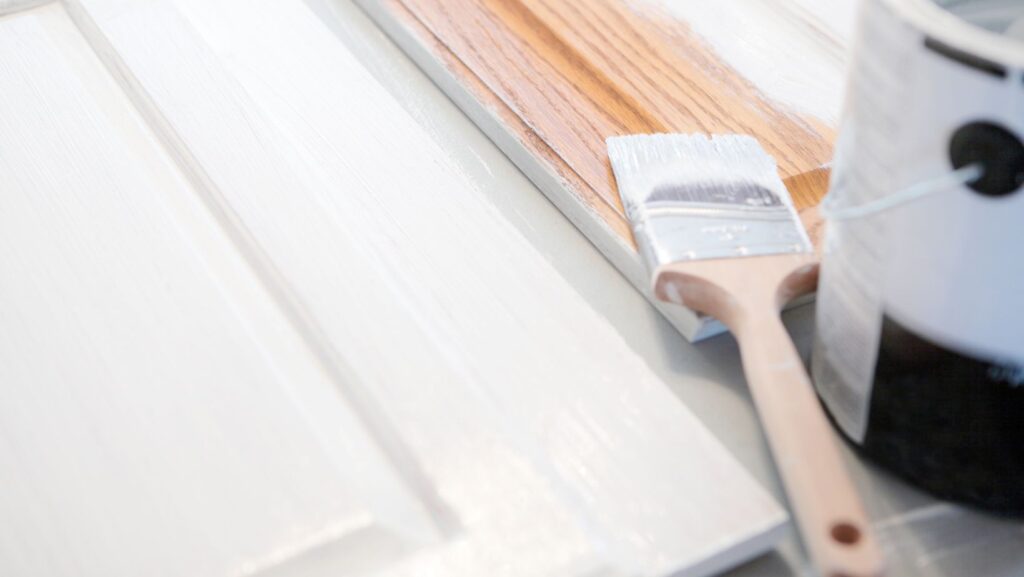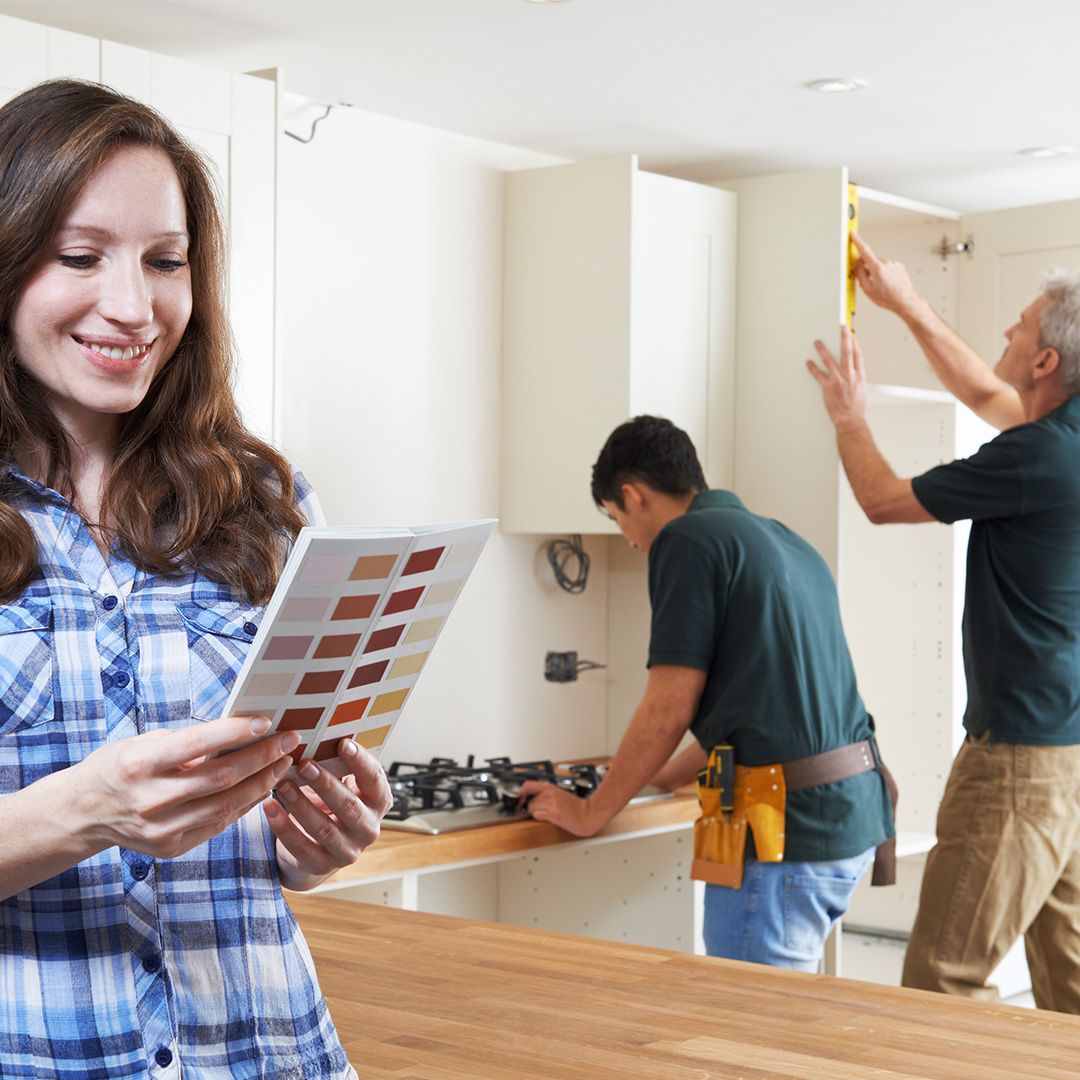Essential Tools for Cabinet Painting Beginners
Painting your kitchen or bath cabinets is one of the highest-ROI upgrades you can do yourself. Cabinet surfaces see constant touching, steam, splashes, and cleaning chemicals, so the finish must be tough and smooth. That reality makes tools just as important as the paint you choose. With the right kit you can clean thoroughly, sand evenly, prime for reliable adhesion, and lay down a finish that resists fingerprints. If you’re new to cabinet painting, use this guide as your practical roadmap for assembling the essential tools and using them well.

Brian Shaffer
Owner

